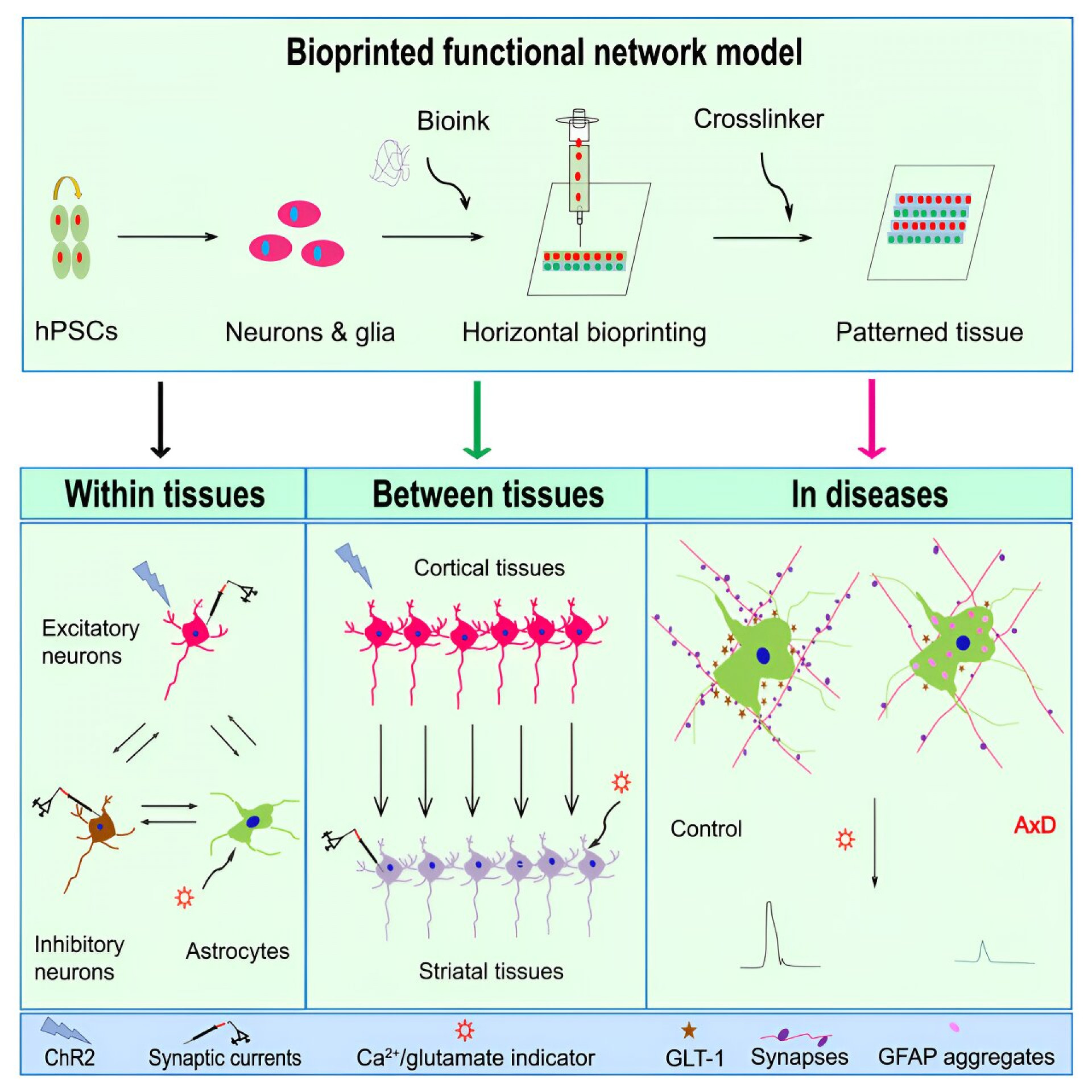Regular workouts can help reduce the risk of cancer by various mechanisms, not least of which is how exercise affects the way each cell in the body breaks down food for energy, the body’s hormonal environment and the benefits of exercise for our immune system

Exercise increases energy metabolism in cells, enhances blood flow, supplies more oxygen to the tissues, and helps remove waste products, including lactate and other metabolites. These changes create a less favourable environment for cancer cells to thrive.
Cancer remains one of modern medicine’s most formidable challenges. But amid the complexity of genetic factors and environmental triggers, we have a surprisingly potent ally in our fight against cancer: regular exercise.
In the modern health and wellness dictionary, the virtues of exercise are sung almost universally – a chorus echoing the benefits of improved cardiovascular health, stronger muscles, and enhanced mental well-being.
However, nestled within these well-known melodies is a less discussed yet profoundly significant verse – the role of regular exercise in reducing cancer risk.
To appreciate this relationship, let’s look at the impact of exercise on improving the respiration capabilities of each cell in our body and the beneficial hormonal environment triggered in the body that helps us reduce our risk of developing cancer.
Cellular alchemy of exercise
At its core, cancer is a disease marked by rogue cells that proliferate uncontrollably, a rebellion against the body’s orchestrated systems of controlled growth and programmed cell death known as ‘apoptosis’.
Central to understanding this is the concept of cellular respiration – the process by which cells convert food that we eat into a usable form of energy for the cell known as adenosine triphosphate (ATP).
Cancer cells, as Otto Warburg first observed in the 1920s, exhibit altered metabolic pathways (Chandel, 2014). Normal cells rely heavily on aerobic respiration – or ‘oxidative phosphorylation’ – to produce ATPs. This is a process that occurs in the mitochondria, the powerhouses of every cell, under oxygen-rich conditions in which food is burned for energy using the oxygen we breathe. Cancer cells, on the other hand, preferentially use anaerobic form of respiration known as ‘glycolysis’, a process of converting glucose into the ATP without using oxygen even when it is abundantly available in the cell. This phenomenon, known as the Warburg effect, results in less efficient energy production and an acidic environment conducive to cancer progression and metastasis of tumours (Liberti & Locasale, 2016).
Systemic benefits of exercise
Exercise – a well-choreographed dance of physiological adaptations – can control these cellular processes of energy production. When we exercise, our muscles demand more energy (ATP), accelerating glycolysis and oxidative phosphorylation processes for energy production. Exercise increases energy metabolism in cells, enhances blood flow, supplies more oxygen to the tissues, and helps remove waste products, including lactate and other metabolites. This heightened activity counters lactate production in cancer cells due to perpetual glycolysis and improves its removal. These changes create a less favourable environment for cancer cells to thrive (Høier & Hellsten, 2014).
However, exercise’s benefits extend far beyond these immediate metabolic shifts. Regular physical activity leads to a multitude of long-term adaptations that collectively fortify the body against the threat of cancer. For instance, exercise has been shown to improve the efficiency of mitochondria by accelerating their repair and reproduction rate, thereby improving cellular aerobic respiration and potentially counteracting the Warburg effect observed in cancer cells (Hood, 2011).
Exercise and the reduction of specific cancer risks
The empirical evidence supporting exercise’s protective role against cancer is substantial and growing. Exercise exerts a systemic influence on the body’s hormonal milieu. It lowers levels of inflammatory markers, insulin and insulin-like growth factors, which, at high levels, are associated with increased cancer risk, particularly in colon cancers (Lee, 2003) (Hojman et al., 2018).
Breast cancer, a disease where hormonal factors significantly influence risk, is less prevalent in women who engage in regular physical activity (McTiernan, 2003). This protective effect is partly attributed to exercise-induced reductions in levels of estrogen, a hormone that can fuel certain types of breast cancer.
Moreover, physical activity aids in weight management, which is crucial since obesity is a known risk factor for various cancers, including endometrial and kidney cancers (Lauby-Secretan et al., 2016).
Regular physical activity also boosts the immune system’s efficiency, enhancing its ability to detect and eliminate emerging cancer cells (Pedersen & Saltin, 2015). This bolstered defence is particularly critical in the early stages of cancer development, where the immune system’s ability to curb the growth of aberrant cells can be pivotal.
From a cellular standpoint, exercise induces oxidative stress, paradoxically yielding beneficial effects. This stress activates a cascade of molecular responses that enhance the body’s antioxidant defences and repair mechanisms, fostering resilience against cellular damage that could otherwise lead to cancer (Radak et al., 2005).
In the broader tapestry of cancer prevention, exercise represents a thread interwoven with other lifestyle factors such as diet, smoking cessation, and alcohol moderation. The synergy of these factors creates a robust shield against cancer development.
Pathway to cancer prevention
So, how much exercise is needed to harness these protective benefits? The American Cancer Society recommends at least 150 minutes of moderate-intensity or 75 minutes of high-intensity exercise each week (Rock et al., 2012). However, the magic of exercise is not in its complexity but in its accessibility. From brisk walking to structured gym workouts, the spectrum of physical activity that can confer these benefits is vast, offering a plethora of choices adaptable to different ages, preferences, and lifestyles. Each step taken, each pedal turned, is not just a physical act but a declaration of resilience against a formidable foe.
The narrative of exercise as a cancer prevention tool is as compelling as it is scientifically grounded. As we navigate through the complexities of cancer, let us not underestimate the power of putting our bodies in motion. By delving into the intricate dance of cellular respiration and the systemic physiological adaptations invoked by physical activity, we uncover a powerful ally in the fight against cancer. This understanding empowers us to take proactive steps to reduce our cancer risk, and sheds light on potential avenues for scientific research and public health policies.
As we continue to unravel the mysteries of cancer, the role of exercise in this saga remains a beacon of hope and a testament to the human body’s resilience. Finally, in the words of Siddhartha Mukherjee, Pulitzer Prize winner and a leading researcher in cancer, we are “the agents of our destiny.” Through exercise, we wield a powerful tool in shaping that destiny away from cancer.
/2024/02/02/image/jpeg/DUsWXZTCP9OxazP8TYqvdbAv9oOv8d6HSJfKBky6.jpg)




















